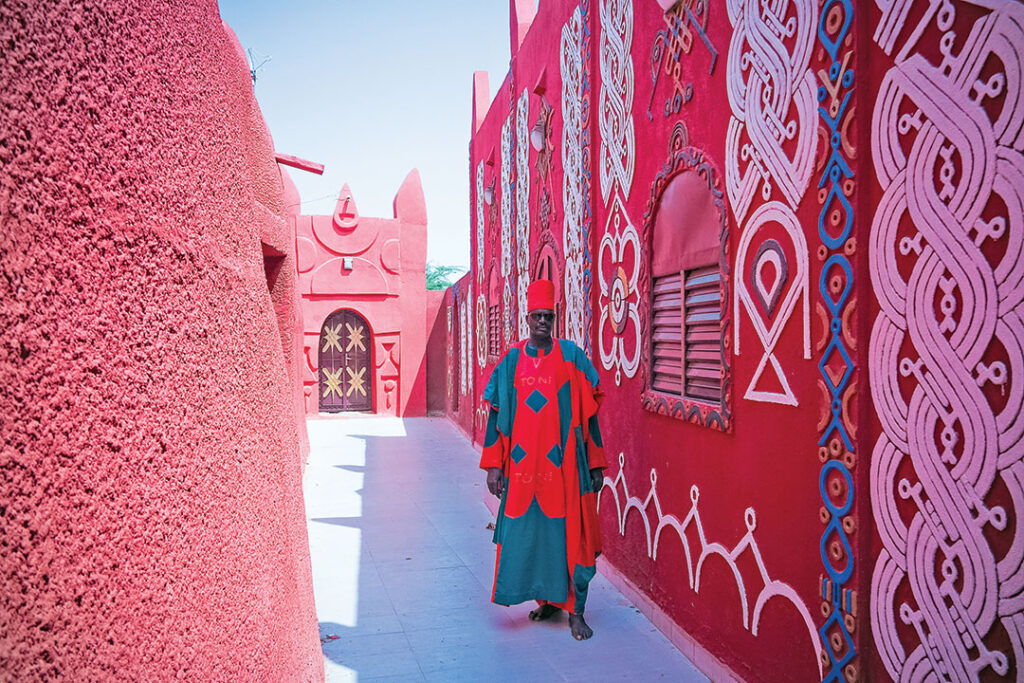ADF STAFF
The Sultanate of Damagaram was never one of Africa’s biggest empires. In what is now Niger, at its most expansive it was about 70,000 square kilometers — about the same size as modern-day Sierra Leone.
But as a commercial center, it was unrivaled in the region during its time. It was the hub of a trade route that swept from what is now coastal Libya in the north, down to what is now Nigeria in the south. Its sultans, 26 in all, ruled for 200 years until the early 20th century.
At its center was the capital, Zinder, where reminders of the empire survive to this day.
The dynasty began in the decay of the Kanem-Bornu Empire, which had been beset by famines, among other problems. By the late 18th century, Bornu rule was limited to the Hausa regions of what is now Nigeria. The Hausas, who are today Sub-Saharan Africa’s largest ethnic group, adapted to the circumstances by converting to Islam and becoming traders and craftsmen.
Muslim aristocrats founded the Damagaram Empire in 1731. It began as a vassal state, similar to the feudal system in Europe at that time, with commoners owing service and military support to the aristocrats in exchange for using land for farming and cattle. The empire expanded rapidly, conquering other vassal states in the region — 18 in all by the 19th century.
Zinder began as a small Hausa tribal village, but it was ideally located to serve as a hub for trans-Saharan trade. The sultan moved the capital there in 1736. The empire was in the path of the major trade route from Tripoli, Libya, to the Kano sultanate in what is now Nigeria. As such, the empire was key to the economic health of the entire region. It also was involved in east-west trade. Almost all trade passed through Zinder.
By 1850, the sultan lived in a palace in Zinder. A European traveler of that time noted that the sultan had about 300 wives, along with countless children. By the end of the century, it was said that the sultan had 5,000 Soldiers on horseback in his cavalry, along with 30,000 foot Soldiers. He had a dozen cannons, all made in Zinder.
By 1890, the French had expanded into the sultanate from their base in Senegal. In December 1897, a 37-man French mission led by Capt. Marius-Gabriel Cazemajou went to the court of Damagaram. When it became clear that the French wanted to take over the region, Cazemajou was assassinated. The mission retreated and was replaced by armed forces.
An armed column attacked Zinder on September 13, 1899, killing Sultan Amadou Kouran Daga and putting an end to the empire. However, the French largely ignored Zinder and the surrounding area, and later sultans continued to have some power.
The chain of sultans survives to this day, largely as a ceremonial position. The sultan continues to live in the palace that was built 170 years ago.
The palace is the city’s greatest tourist attraction. With its walls 10 meters high and 10 meters thick, it is an imposing structure, but it never has been attacked and its defenses never tested. The emblem of the sultan, a sword and two spears crossed behind a shield, is displayed above the palace gate.

